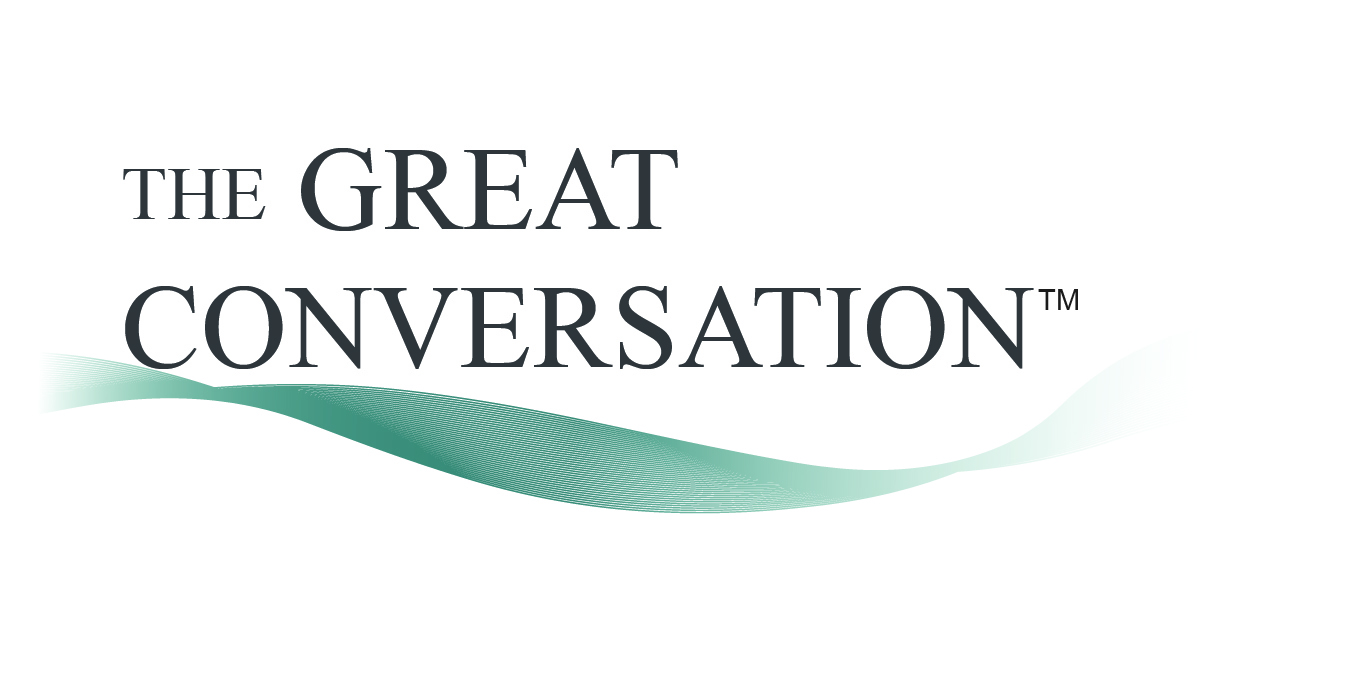When Greg Creed, the CEO of Yum! Brands addressed the Great Conversation community of senior risk, resilience and security executives on May 21, 2019, he left them with several take-aways that, if leveraged and implemented, may change the way our programs are designed, managed and measured.
One of his first remarks would put the rest of his time with us in perspective. He asked us whether we could find the key to the value of Yum! on his balance sheet.
Before we answered he shared some of Yum! Brands public information.
Yum! Brands performance has certainly been impressive.
Based in Louisville, Kentucky, they have over 48,000 restaurants in more than 145 countries and territories primarily operating the company’s restaurant brands – KFC, Pizza Hut and Taco Bell – global leaders of the chicken, pizza and Mexican-style food categories. Worldwide, the Yum! Brands system opens over eight new restaurants per day on average, making it a leader in global retail development. In 2018, Yum! Brands was named to the Dow Jones Sustainability North America Index and ranked among the top 100 Best Corporate Citizens by Corporate Responsibility Magazine. In 2019, Yum! Brands was named to the Bloomberg Gender-Equality Index for the second consecutive year.
The Great Conversation in Security was held in Plano, Texas at the Yum! Brands Center of Excellence. And Greg flew in for the forum.
“No”, Greg would answer his own question. “You will not find Yum! Brands key to corporate value on the balance sheet.” It could be culture, or reputation, or customer care or even the brands themselves. But all of those are overshadowed by the impact of engaged people creating the culture that results in outstanding business performance and brand.
How do you connect the business strategies to the people? According to Greg, they must care. To care they must understand the vision, mission and core values of the organization and how it applies to them. That creates trust.
Can trust be measured? Greg would say “Yes”. He has implemented a program that teaches his employees what it means to be at Yum! Brands, how it applies to them, and how it will be measured.
“Our strength is in how we recognize the uniqueness of each person at Yum! Brands” said Greg. “For a global company, this is critical. We cannot be devaluing one another according to our differences.”
Yum! has a 4-level measurement ranking system for every employee. It promotes a self-correcting culture. You may be first introduced to Yum! and/or the training and begin your assimilation into the culture. That would be a “Learner”. Grace is given. Mentoring is paramount. If you need more training or remediation, you would be “Lacking”. Once you get it and achieved a baseline of culture assimilation you would be “Living” the culture. And for those who go the extra mile, proactively, to advance the culture, the brand and the measures of performance that make the brand what it intends to be, they would be lauded as “Leaders”. Note, at Yum! leaders do not need a title.
With this cultural baseline, Greg has also created a strategy that energizes the culture, the franchisees, and the investors. He calls it “Being RED”.
RED is an acronym that strategically aligns the entire ecosystem.
R: is for Relevant. Whatever category you choose, is your value proposition relevant to your target audience?
E: is for Easy. Your offering should be intuitively easy to identify, access and purchase. Frictionless.
D: is for Distinctive. Your target audience should see you as highly differentiated. Your value proposition compelling. The Customer Experience outstanding.
With his cultural focus and his precise definition of how to create value, he helped the security executives in the room and their vendors imagine a path to value. A path that included their unique role in creating an engaged culture, that was safe and secure, and a shared understanding of their role in “Being RED”.
His final message was to ensure they understood their role in teaching the employees to be culture keepers of their own security and safety.
“We must instill a culture of trust. That is our strength. But it must be tempered with their ownership over the security and safety of our intellectual property, our people and our food safety process.”
The feedback we received underlined the need for more leadership lessons and perspective from the CEO in helping our community position their own organizations on a path to value.

